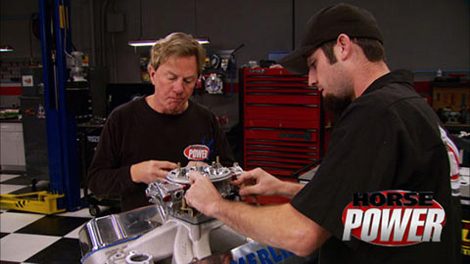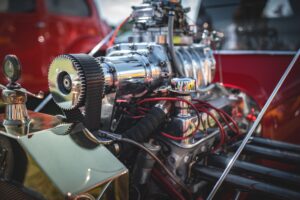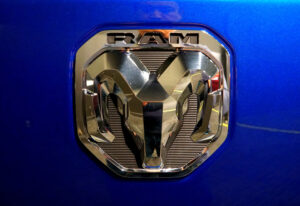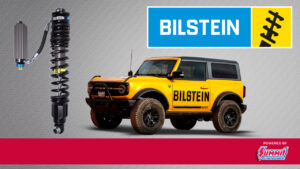HorsePower Builds
Want more content like this?
Join the PowerNation Email NewsletterParts Used In This Episode
[none]
Royal Purple Max-Tuff assembly lube.
ARP
Big Block Chevy head stud kit, main stud kit, 12 point stainless accessory kit.
Calico Coatings
CT-1 coated rod bearing and main bearing sets. Technically engineered to withstand extreme performance pressure. Used "X" series bearings to fit for the proper clearances.
Eagle Specialty Products
Chevy 572 rotating assembly, 4340 crankshaft, SRP forged aluminum dome pistons, 6.7 rods, main and rod bearings, balanced and ESP armor coated.
Edelbrock
Edelbrock/Musi Victor 24 deg. CNC ported BBC heads.
Edelbrock
Super Victor CNC machined BBC intake for 4500 Series carb.
Federal-Mogul Corporation
Head gaskets, oil pan gaskets, valve cover gaskets, rear main seal, complete set.
Highland Daytona Racing LLC
XT-1 Extreme Duty rear end housing, made of Swiss Duramax steel with Strange axles.
Jesel Inc.
Comp Series shaft mount rocker arms.
Loctite
Black RTV Silicone.
Lunati
Solid Roller; Rough idle. Good cam for 496 & ┬А┬У572 cubic inch motors with dominator style carburetors. Needs 5500 RPM stall converter or better, headers, 12.5:1 compression ratio or better and and 5.13 gearing. Works well with nitrous or in a blown application! 3/8" PUSHRODS, (+) .300 taller mechanical roller lifters.
Moroso
BBC electric water pump and outlet for 1.75 hose.
Mr. Gasket
Oil filter spin-on adaptor.
Powerhouse Products
Pro Series timing degree wheel, magnetic base and dial indicator guages.
Quick Fuel Technology Inc.
1250 CFM Drag Carb 4500 Series.
Stef's Performance Products Inc.
Aluminum fabricated oil pan wet sump internal pump, high volume oil pump and pickup.
Summit Racing
Cast iron BBC cylinder head.
Summit Racing
Cloyes quick adjust timing set.
Total Seal
AP gapless top ring set, 1/16", 1/16", 3/16" 4.567 bore, file fit.
World Products
Aluminum tall valve covers with Merlin logos.
World Products
Merlin III engine block 4.560 bore with splayed billet main caps.





























